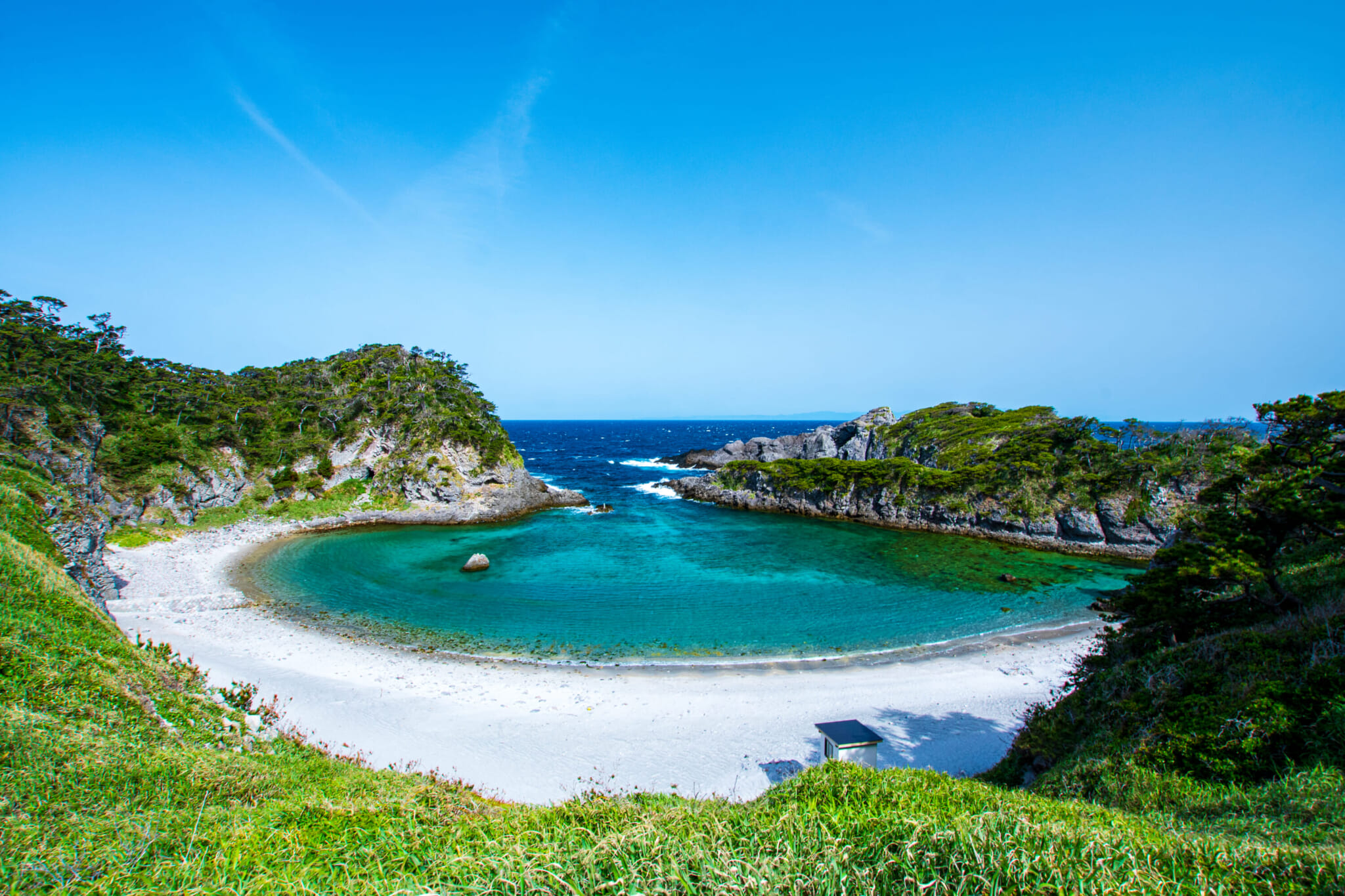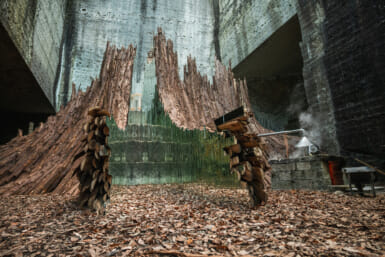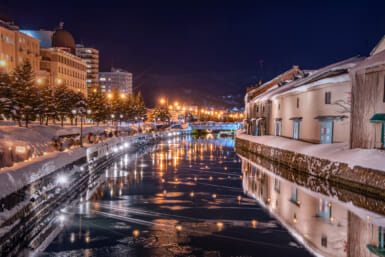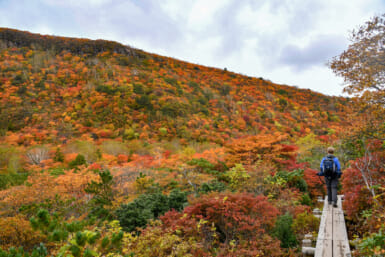This article appeared in Tokyo Weekender Vol. 4.
To read the entire issue, click here.
The air here is thick with the scent of the ocean, briny and invigorating, mingling with the sharp, earthy aroma of sulfur rising from the hot springs. A jagged cliff juts dramatically from the coastline, its rugged silhouette etched starkly against the sky. The roughness of the rocks underfoot is a tactile reminder of the island’s unspoiled beauty.
While Tokyo’s bustling streets and towering skyscrapers are known worldwide, few are aware of the islands that lie just south of the metropolis. Shikinejima, a volcanic island in the Philippine Sea, is part of the Izu Archipelago administered by Tokyo. Despite being one of the smallest islands in the area, with a circumference of only 12 kilometers — small enough to walk around leisurely in just two to three hours — Shikinejima is a trove of natural wonders.
The island’s size belies its rich offerings. Shikinejima is home to an array of natural hot springs, where the fusion of sea and geothermal activity creates mineral-rich pools nestled against the coast. These onsen are a testament to the island’s volcanic origins, each one offering a distinct experience shaped by the interplay of natural forces.
Here’s where to go on your next trip to the isle. (Please note that swimsuits are required in all outdoor hot springs.)

Jinata Onsen
At the bottom of a lengthy, rocky staircase lies Jinata Onsen. The path is lined with wildflowers in a riot of colors — pinks, purples and yellows — that stand out vividly against the ashy, white rocks that litter the ground. These are called kougaseki, or anti-fire rocks, a type of volcanic pumice that’s native to just two places: the Izu Islands and Lipari, Italy.
The name Jinata Onsen is rich with meaning. Breaking down the kanji characters, “ji” means “ground” or “earth,” and “nata” means “hatchet.” The terrain surrounding this hot spring looks as though the earth has been cleaved by a hatchet, creating dramatic V-shaped valleys.
Jinata Onsen is fed by both hot springs and seawater. This creates a unique blend of water that varies in temperature and mineral content, depending on the tides and the time of day. At low tide, the iron-rich water that bubbles up into the seafront rock pools is scalding hot, and its heat is tempered as the tide comes in, mixing with the cooler seawater to create a comfortable bathing experience.
The water itself is a distinctive brownish-red hue, indicative of its iron sulfide content. This mineral-rich composition has earned Jinata Onsen the nickname “Internal Medicine Hot Spring” among locals. The waters are said to be effective for treating a range of ailments, including gastrointestinal diseases, neuralgia, rheumatism, cold sensitivity and gynecological disorders.
In the open-air bath ranking curated by Fuyuto Noguchi, a famed onsen sommelier, Jinata Onsen holds the top position in the eastern division. This recognition speaks volumes about its allure and the unique experience it offers to those who make the trek down the long staircase to its warm, welcoming waters.
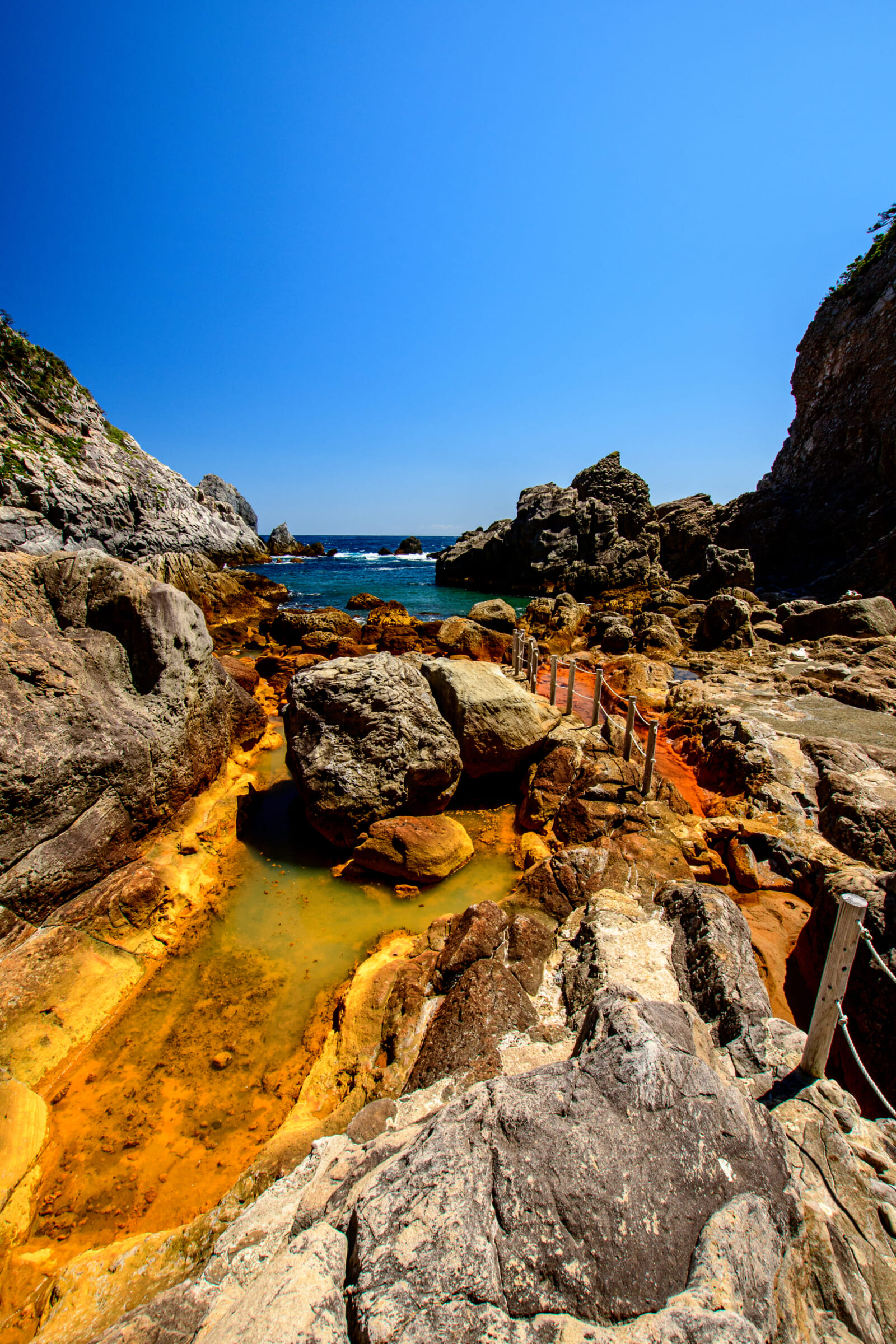
Ashitsuki Onsen
Situated alongside Jinata Onsen, Ashitsuki Onsen is located right on the coastline of Shikinejima; rocky, volcanic formations create natural basins where the geothermal waters collect, their surfaces shimmering with heat. The onsen is known for its transparent waters, which make it stand out among other hot springs on the island.
The name Ashitsuki has its roots in local legend. It is said that long ago, a wounded sea lion — ashika in Japanese — found solace in this hot spring. Day after day, the sea lion would return to the rocky pools, immersing itself in the soothing, mineral-rich waters. The islanders, observing the animal’s remarkable recovery, soon realized the hot spring’s healing properties. From that time on, Ashitsuki Onsen became renowned for its effectiveness in treating cuts, abrasions and other skin ailments.
While Jinata Onsen is known as the “Internal Medicine Hot Spring,” Ashitsuki Onsen has earned the moniker “Surgical Hot Spring,” a reference to the belief that it can help heal external injuries. In times when medical facilities were scarce, the island’s residents would come to Ashitsuki Onsen for healing.
In 1987, the area surrounding Ashitsuki Onsen was selected as one of the top 100 beaches in Japan with white sand and green pine trees. As one might expect from the award, this region, often referred to as Shikine Matsushima, boasts stunning vistas of pristine, sandy beaches and black pines, which contrast strikingly with the onsen speckled throughout.
As a free, open-air bath, Ashitsuki Onsen offers a unique experience where visitors can soak in the hot spring while enjoying the untamed beauty of the rocky coastline. Similar to Jinata Onsen, the water temperature at Ashitsuki varies with the tides, but it tends to be milder, allowing for more flexibility. If a particular rock pool feels too hot, simply move to another pool further out on the shore where the seawater has blended more thoroughly with the hot spring.
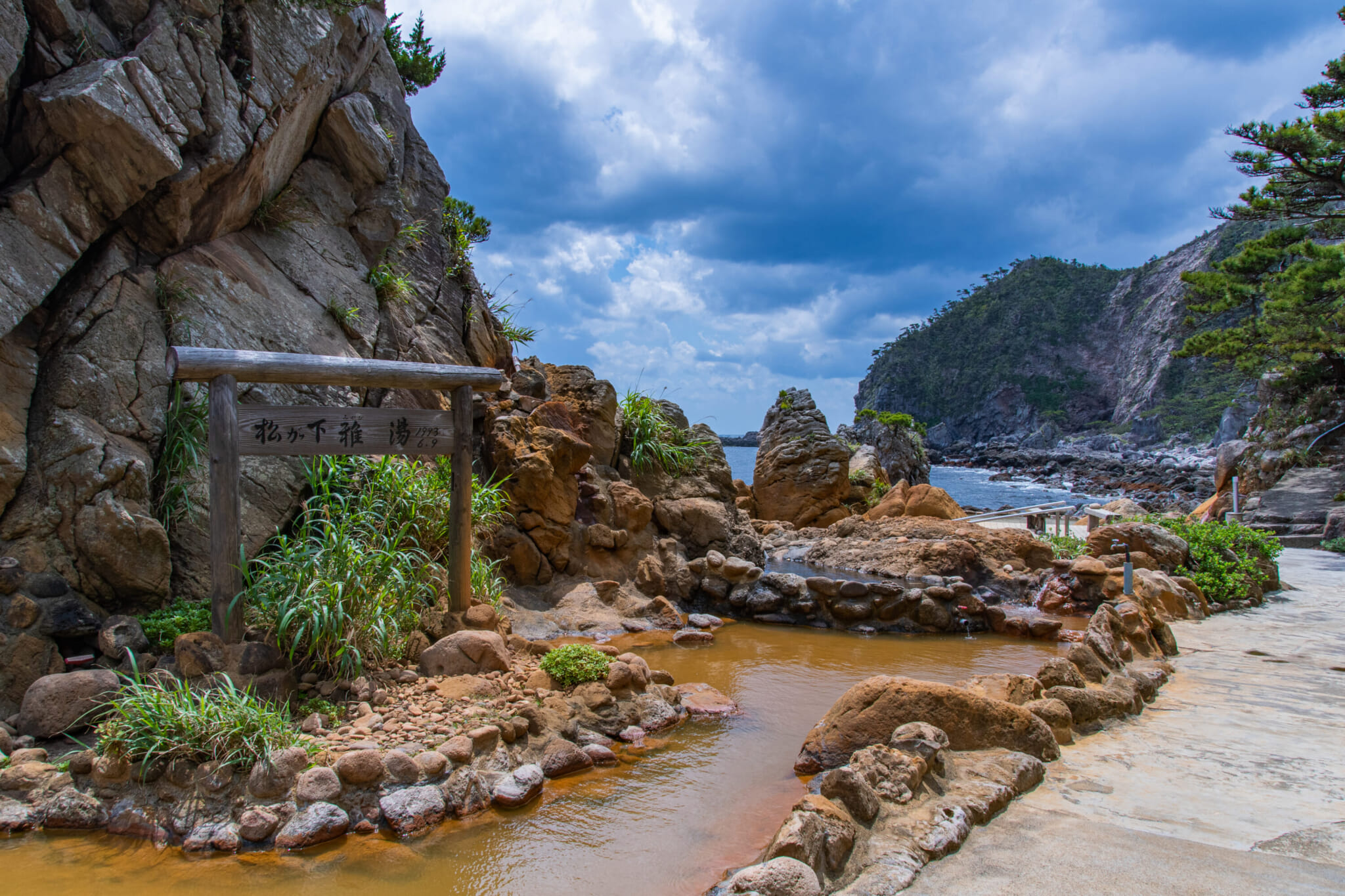
Matsugashita Miyabi-yu
As an artificial bathing area, Matsugashita Miyabi-yu blends the best of natural and human-made elements. It sources its waters directly from Jinata Onsen so that visitors can indulge in their soothing embrace without the constraints of tidal changes and limited bathing hours.
The facility is divided into two parts. One section mimics Jinata, with a series of rock pools nestled along the seashore, while the other features artificial pools with sea views. The former offers a raw, unfiltered hot spring experience, while the latter allows for stable, comfortable bathing, ensuring that visitors can soak to their heart’s content at any time of day.
While Jinata Onsen is renowned for its healing waters, the trek down its lengthy, rocky staircase can be daunting, especially for older adults and young children. Matsugashita Miyabi-yu was created to offer a more accessible alternative. It is the only bathing facility of the three that is directly accessible by car, making it the most convenient choice for visitors of all ages. Since the spring quality at Matsugashita Miyabi-yu is nearly identical to that of Jinata Onsen, it boasts the same therapeutic effects, whether you’re seeking relief from muscle pain or skin ailments, or are simply looking to unwind.
As the day wanes, the setting sun casts a golden glow over the rugged rocks of Shikinejima, turning them into natural sculptures of light and shadow. The sky transitions through a breathtaking palette of oranges and pinks, reflecting off the water and creating a mesmerizing display. As night falls and the sky darkens, a canopy of stars emerges, unobscured by city lights. The night sky here is a vast, glittering expanse, astonishingly clear. For viewers nestled among the rocks and the gentle lull of waves, it feels as though the stars themselves are descending from the heavens — and these onsen are some of the best viewing spots.
More Info
Shikinejima is accessible by high-speed ferry or large ship from Tokyo Takeshiba Pier, with travel times of three and 10 hours, respectively. There’s also a 3.5-hour ferry from Shimoda. Alternatively, visitors can fly from Chofu Airport to Niijima in 35 minutes, followed by a 15-minute ferry ride to Shikinejima.
For more details, visit the official Shikinejima website.
Related Posts
- Japan’s Best Onsen Towns
- The 6 Best Retro Onsen and Sento in Tokyo
- A Private Onsen in Hakone Worth the Visit: Hatsuhana

